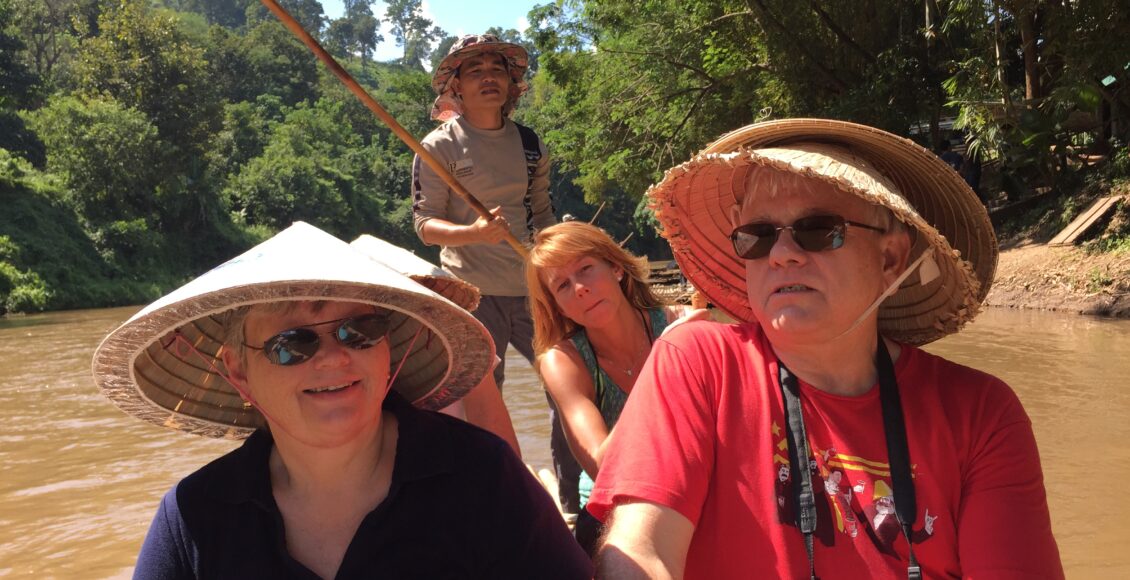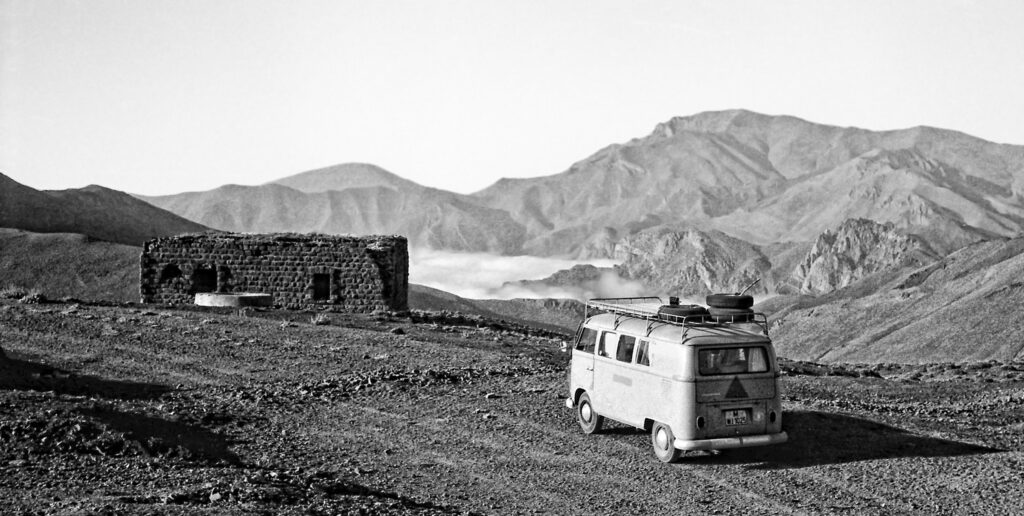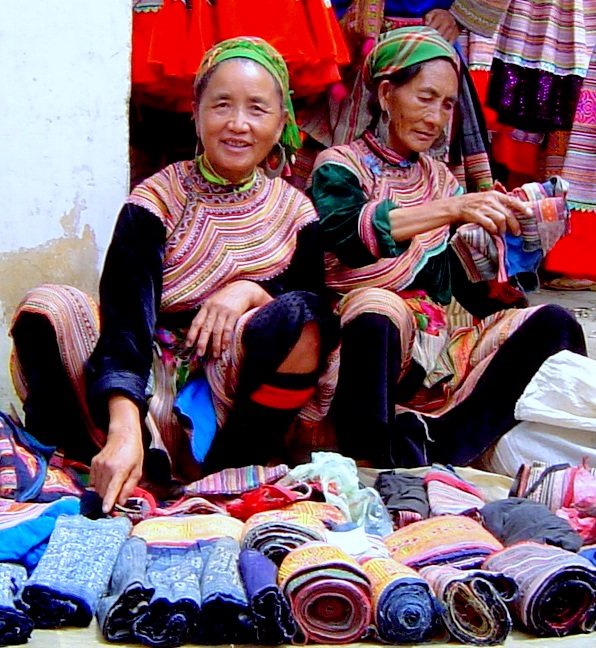Is Cultural Commodification A By-Product of Backpacker Tourism?

Tourism is arguably the manifestation of human’s pleasure in exploring something or somewhere unknown to them. Since the boom of mass tourism in the 1950s, the global enthusiasm to explore culture and embrace unfamiliarity has skyrocketed. In 2019, travel and tourism contributed 10 trillion USD to worldwide gross domestic product (GDP). While this surge of mass tourism has notably brought cultural appreciation and cultivated a newfound sense of empathy within travellers, it has also carried with it an increase in the opportunity to capitalize. This commodification of culture can formally be defined as the process of turning diverse cultural elements such as performances, photography, and identity, into marketable attractions. In other words, it shifts the beauty associated with a particular culture to a mere economic commodity. Easily confused with cultural appropriation – the act of using a design or style from a different culture for purposes other than its original intention — cultural commodification focuses on the act of culture as an economic asset. The massive growth of tourism within the past century means that the idea of cultural scarcity has been forgotten, and, in the process, the balance between culture and economy has been negatively skewed.
History of Cultural Commodification
During the latter half of the 20th century, a new kind of tourism emerged – the Hippie Trail. In the bleak environment of the post-WWII era, people were in search of something bigger, brighter, and more exciting. Soon, cheaper car travel became more available, and so backpackers began to venture to destinations within Western and Southern Asia. By the 70s, the revitalized backpackers had ventured as far as Southeast Asia and even to the shores of Australia. The region was becoming a hotspot for backpackers due to its growing Beatles-like culture of freedom and spirituality. On the road, travellers developed a strong sense of unity and bond, which in turn affected the way they interacted with locals and their views of Asia in general.
Although seemingly progressive for the time, the culture of the Hippie Trail covertly created a larger divide between Westerners and locals, reflecting some of the dynamics which existed during the colonial era. Eventually, after the Iranian Revolution and Soviet expansion in 1979, instability and unrest toppled the hippie ideals of paradise and enlightenment, bringing it to its inevitable end. Though this was the end of the hippie trail, the rise of more affordable air travel and globalization has meant backpacker tourism – particularly in Souteast Asia – has experienced nothing but exponential growth since. The huge economic boost tourism has given has meant that nations in the area are now dependent on it. This has meant a shift toward Western demands of ‘cultural exploration,’ and, in some ways, the continuation of Global South nations functioning based on the demands of the West.

Cultural Commodification and the Hmong People in Yunnan Province, Vietnam
Since the start of decolonization, there has been a constant influx of ideas and theories pertaining to international development. Such theories tend to focus on the turning of traditional societies to more industrial ones, often failing to consider the preexisting individual cultures and societies. Various theories such as neoliberalism theory and modernization theory were created in order to help less-developed countries progress, though they have often-times resulted in the worsening of a nation’s well-being. These are arguably the results of more Westernized world outlooks – anything can reach a ‘developed’ status so long as it adjusts its economy, build the right infrastructure, and participate in the global economy. Years of trials and tribulations of real-life applications of such development projects have resulted in many Southeast Asian countries relying on the tourism industry: in 2019, the Philippines, Indonesia, Singapore and Thailand saw a combined 83.3 million tourists. Just one year later, the same countries were swept by the pandemic and saw a crippling combined 1.5 million tourists. The millions of job losses and subsequent tanks in their economies showed the extent to which the nations rely on tourism. Whether it be the Balinese Hindu dances being marketed for tourism, the Buddhist traditions for tourists in Thailand, or even the huge business of Múa Rối Nước show in Vietnam – the commodification of culture has become a universal experience for the communities and nations in Southeast Asia.
A particular example is the marketing of the traditional woven hemp clothing of the Hmong people in the Sino-Vietnamese borderlands. In recent decades, there have been efforts for market integration in the region, whereby the government promotes communities in the region to participate in fast cash-making activities. To the Hmong people, who have no written history or “indigenous script,” oral and textile history is imperative to the safeguarding and maintenance of their culture and community identity. Typically, the designs used in the clothing depict historical stories, legends, spiritual practices, or beings significant to Hmong livelihoods. Every year, women produce new clothing for themselves and their families in time for the new year, whereby everyone in the community celebrates together. As well as historical value, these textiles have particular significance for single women meeting their future husbands, and the union of their families during community events where people meet and mingle.

In the town of Sa Pa, Vietnam, tourism has been a booming industry for years. Hmong and Yao women come together to produce tradable items, a business which has continued to grow considerably since the 1990s. Visitors to the area have always been interested in the clothing worn by the locals, fascinated by the complex textile work and embroidery. Women recycle, making new goods out of old clothing. Pre-worn Hmong skirts, embroidered collar pieces, belts, aprons, and baby carriers, which no longer hold value, are transformed into tourist-marketed items such as blankets, bags, purses, hats, wall-hangings, stuffed animals, and more. With the growth of the popularity of Hmong textiles, industrially manufactured commodities are now being produced in Yunnan Province, China. The shift towards market integration in the community raises questions about both their changing perspectives on tourists and the future of their textile history. This commodification of Hmong culture is a representation of both the importance of the tourism industry to the area and the ironic result of cultural loss – two elements that seem to be intrinsically linked.
What’s next?
So, what is the solution? How can we avoid a phenomenon that is taking place just about everywhere in the world’s most popular tourist destinations?
One answer lies in how we facilitate meaningful cultural exchange. Delve into authentic opportunities with locals, who are equally as interested in hosting you as you are visiting instead of supporting easily accessible industrial tourist traps. Immersing oneself in a culture outside your own requires the consent of both parties and only by consciously and actively acting against the perpetuation of cultural commodification can local cultures be uplifted. Give the sense of ownership back to those who are part of a particular culture. Making sure to demonstrate appreciation over market and economic value could mean the difference between a particular people being used as an asset and being recognized for who they are as people.
Finally, focus on the fact that locals too, are human. Prioritize the fact that locals within a marketable culture are people, too. Hence, they deserve the respect of other people. Recognize that many tourism organizations industrialize and capitalize on communities struggling to save their livelihoods in their own nations. Make decisions that don’t contribute to the growth of these massive tourism organizations and focus on local-friendly institutions. Cultural commodification is a manifestation of both the massive impact the tourism industry has had on all enclaves across Southeast Asia and how this has led to the sequestering of the ancient traditions and practices present within these communities. The future of tourism must recognize the dynamics present between the visitors and hosts and the effect these dynamics have on livelihoods.
Edited by Hannah Lalonde.
Featured image: “Thailand” by “Discover Corps” is licenced under “CC BY-ND 2.0”
